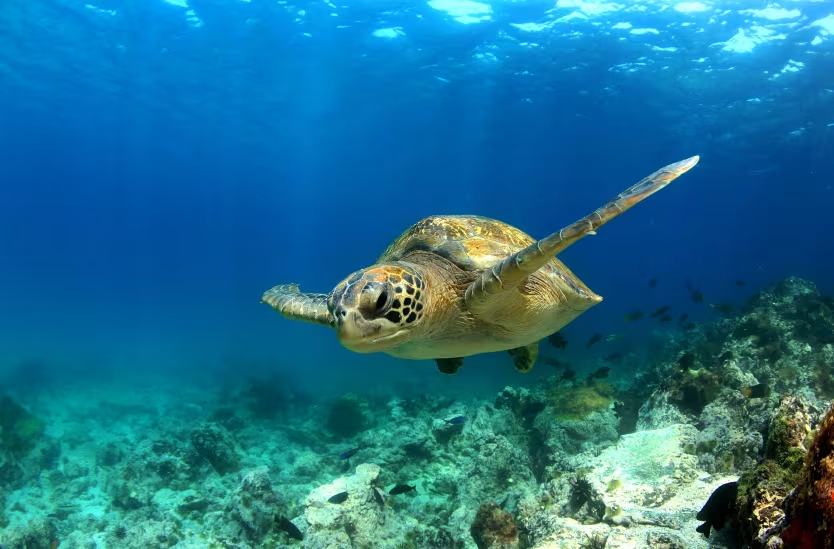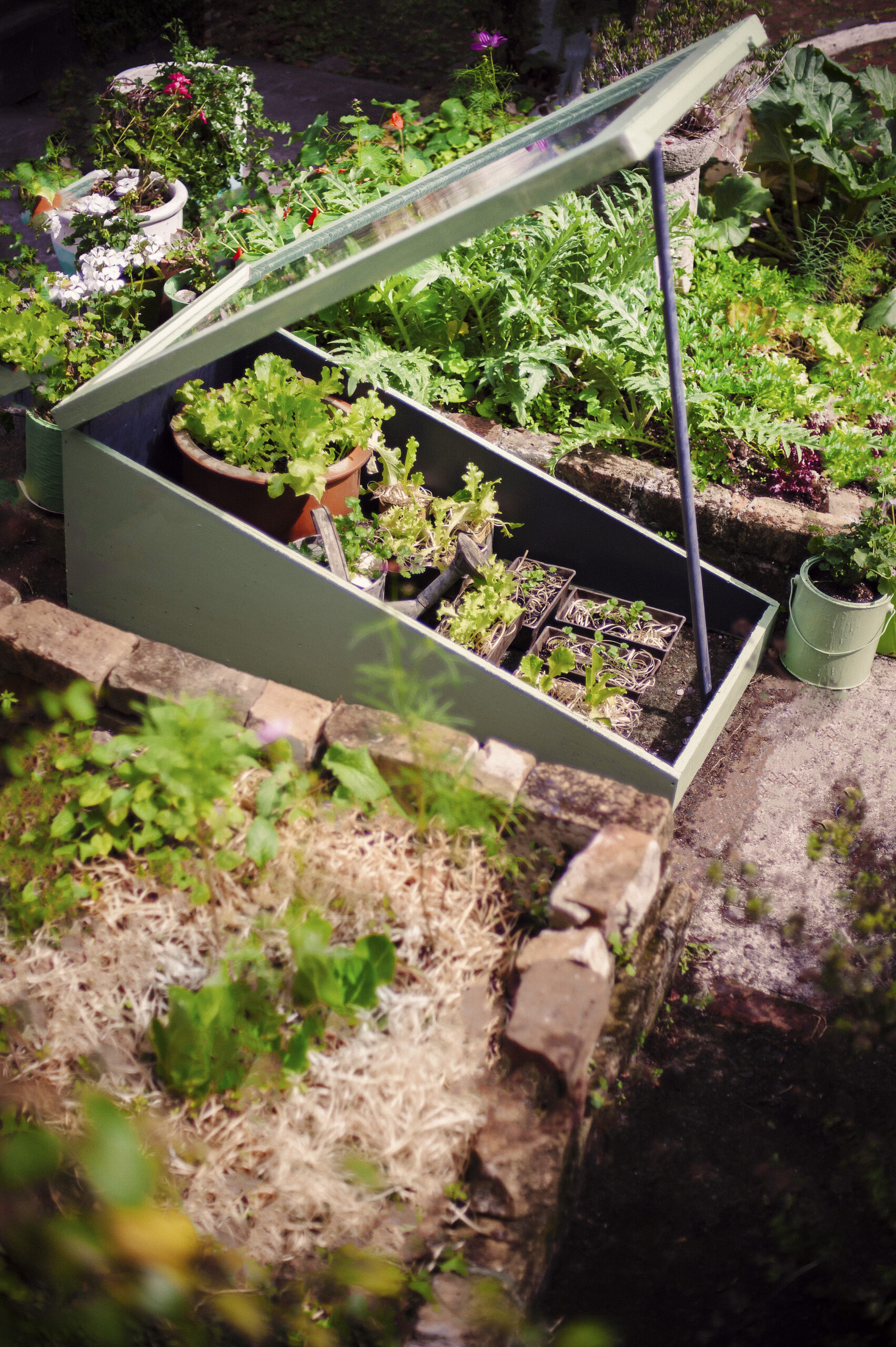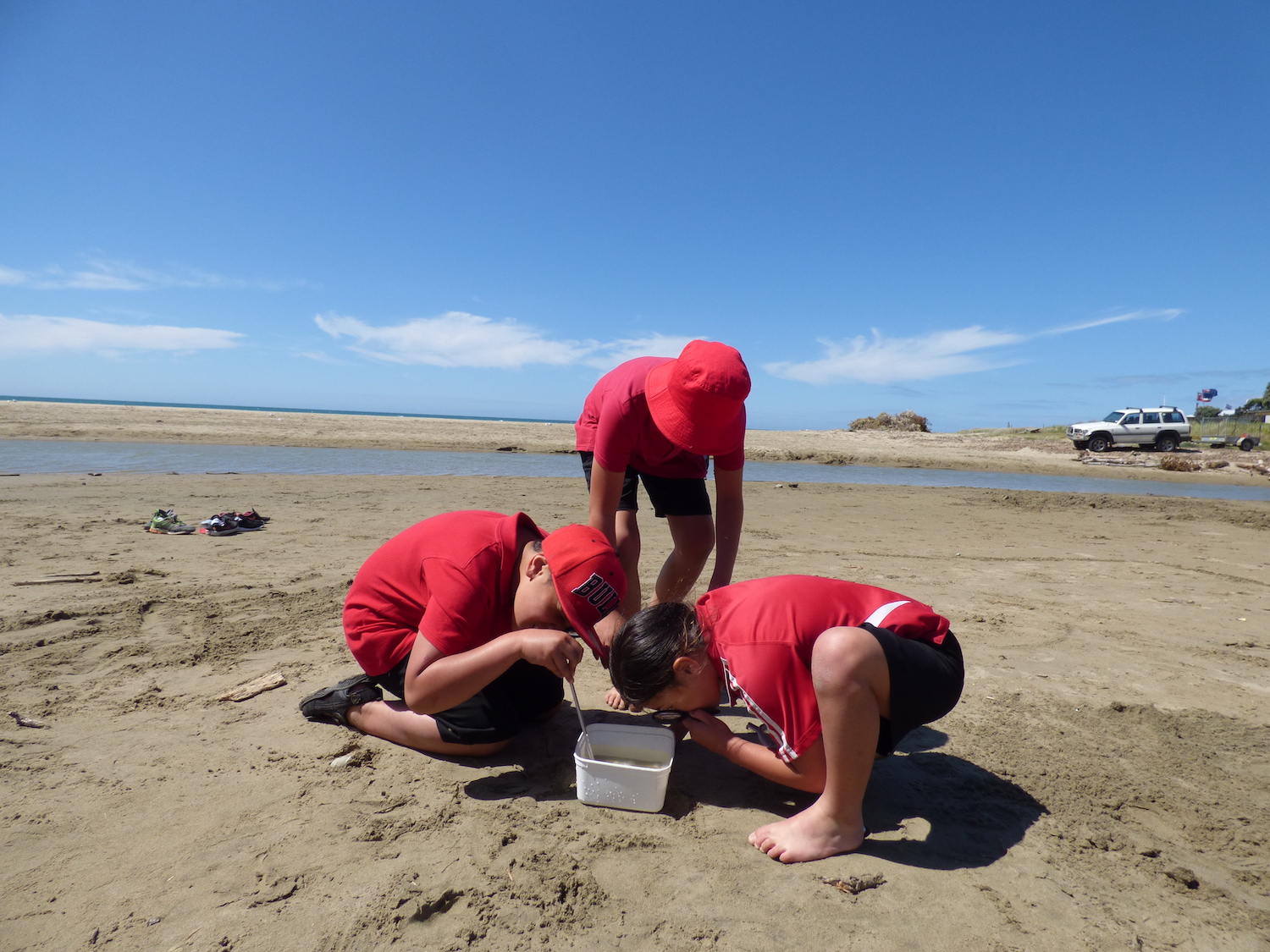Words and some photography Natasha Dragun
A cruise around the Galápagos Islands reveals the spectacular flora and fauna of this fragile, far-flung archipelago in the Pacific.
As I dip my snorkel below the surface of the impossibly blue sea, a flurry of purple angelfish zip past, churning up the water. Before I have time to exhale, a sea lion barrels up to me. For a moment, we’re whisker-to-mask; the giant female blows bubbles in my face and flicks her tail, tumbling away to join friends somersaulting over coral. A green turtle the size of a small car treads water off to one side, occasionally poking its head up into the surf. Further out to sea, surrounding our intimate cruise ship, dolphins leap into the air.
Without doubt one of the best ways to experience the diversity of the Galápagos Islands – an evolutionary melting pot in the Pacific Ocean, around 1000km off the coast of Ecuador – is with one’s head underwater.

The archipelago of 21 volcanic islands dotted across the equator is renowned for its incredible number of rare and endemic species, whose largely predator-free existence has left them fearless. On land, the Galápagos National Park covers more than 7500km², with only one per cent accessible to visitors, while the Galápagos Marine Reserve spans some 133,000km² of ocean. Needless to say, most explore this supreme bounty from the comfort of a cruise ship.
It’s day two of our four-night cruise around the Southern Galápagos aboard 40-person Isabela II, one of a handful of ships permitted to cruise the region’s waters. We drop anchor at permitted spots and catch zodiacs to shore. Led by a naturalist, groups no bigger than 16 people tiptoe across a jagged landscape of lava, moss and shrubs. Over five days we travel to five islands and enjoy hiking, snorkelling, kayaking and wildlife spotting.
Tourism is by far the largest source of income for these islands, generating more than US$400 million annually. To battle growing visitor numbers on this fragile landscape, the Galápagos became a national park in 1968, while the surrounding waters were declared a marine reserve in 2001. In 2007, UNESCO added the archipelago to its “In Danger” list. The islands came off the list in 2010, but between the 250,000 annual tourists, feral animals that prey on native species and a growing population of residents, maintaining an ecological balance is a constant battle.
Still, humans wrought imbalance in the Galápagos long before the islands became a tourist attraction. Eighteenth-century whalers hunted seal and tortoise species to the point of extinction. Cargo ships brought stowaway rats and cats. In fact, by the time Charles Darwin arrived on the HMS Beagle in 1835, the Galápagos region was far from untouched.
Today, conservation groups enforce a strict limit on the number of visitors at any given time – access is restricted to 70 landing sites, and small groups can visit in two- to four-hour shifts only. Ships cannot revisit the same location within a 14-day cycle, so the UNESCO World Heritage Site is still relatively crowd-free.
Private organisations are also playing their part in promoting sustainable tourism at a grassroots level. The newly floated MV Origin was built to exceed existing environmental regulations – the ship’s hull and bow design make it faster, yet more fuel efficient, than similarly sized ships. And Lindblad Expeditions, which operates two cruise ships around the islands, now pre-washes and pre-peels dozens of types of fruits and vegetables needed to feed thousands of passengers annually, in doing so leaving any hitchhiking species safely on the mainland. This is a small, but important, initiative, given that Hugo Arnal, Ecuador programme director for the World Wildlife Fund, has said, “The most potentially urgent and damaging environmental threat to the Galápagos could be the introduction of invasive species.”
Opening later this year on San Cristóbal Island, the Charlee Galápagos hotel will unite style and sustainability: accommodation will be luxury tents, avoiding unnecessary land damage caused by bringing in heavy building materials. The property will also feature a photovoltaic solar system to supply energy needs and transport will be electric vehicles – 20 power-generating stationary exercise bikes will be available for guests who want to help top up the batteries.
But regulating the experience isn’t diminishing it. The days on board Isabela II become a fascinating blur of colourful birds, arid volcanic landscapes, azure waters and “friendly” sea lions and iguanas.
On the island of Santa Cruz we visit the Charles Darwin Research Station and find giant tortoises, encircled by a forest of prickly-pear cacti. We zigzag between Santa Cruz and Floreana where, at Cormorant Point, we stroll along an olivine-crystal beach – the sand green from the high levels of iron and magnesium eroded from basalt – and end up at a brackish lagoon where flamingos prance through the water. On the other side of the island, we come to a white-sand beach where sea turtles come out at night to nest. Some of us snorkel; others take a glass-bottom boat.

On Española Island, our morning outing at Punta Suárez sees us clambering over lava boulders to visit colonies of sea birds, not in the least waved albatrosses, boobies and swallow-tail gulls; red-and-black marine iguanas bask in the sun. In the afternoon, we cool off at Gardner Bay, where hundreds of sea lions doze by the water’s edge, mockingbirds and finches circling overhead.
And on the eastern tip of San Cristóbal Island, we discover a site where the Galápagos’ three species of boobies come together. We weave between an army of blue-footed boobies and brown pelicans, while frigate birds cast giant shadows over the terrain. Occasionally I look down and see that the lava is looking back at me: the island’s marine iguanas have evolved to blend in with rugged landscapes.
On our final afternoon aboard Isabela II, the bruised sky spatters tepid rain on the wind. Garúa, the Galápagos mist, veils the archipelago’s volcanoes and mystifying shores; the light above brightens and the roots of rainbows appear, their tops lost in the mist. A giant sea lion ahead of the ship pops its head out of the water and stares quizzically at passengers hanging over Isabela’s rails to glimpse the surreal sky. Then as quickly as he appears, he sinks into the ocean. And with a flick of his tail, he’s gone.





